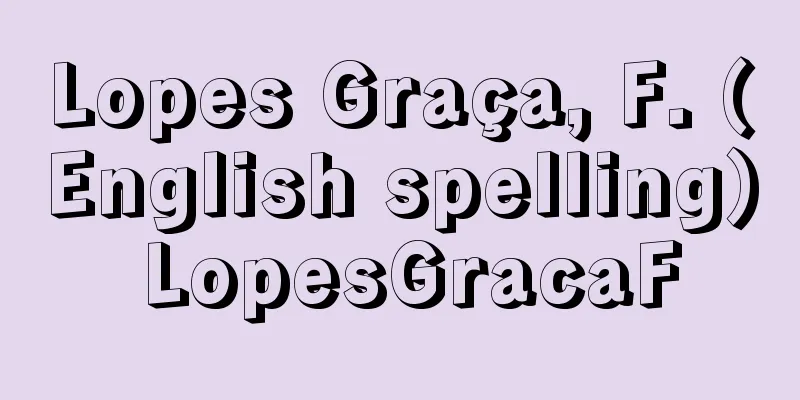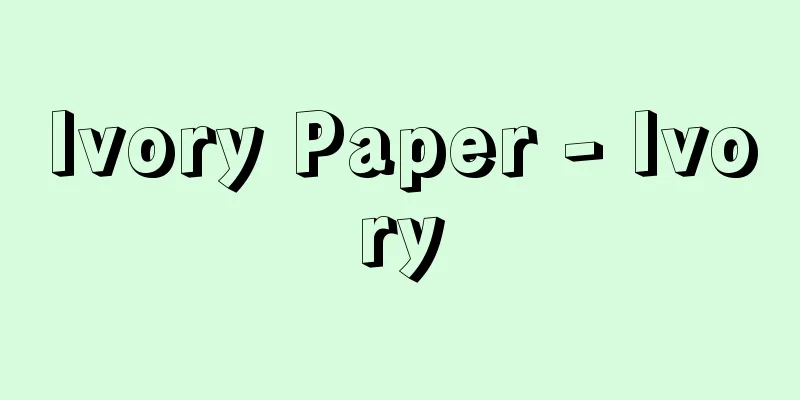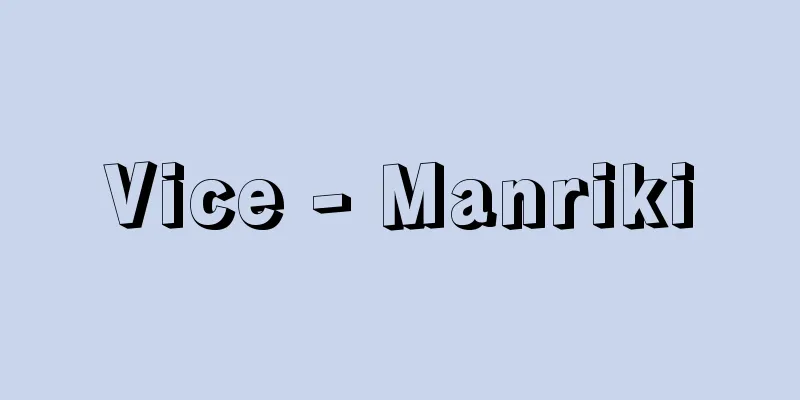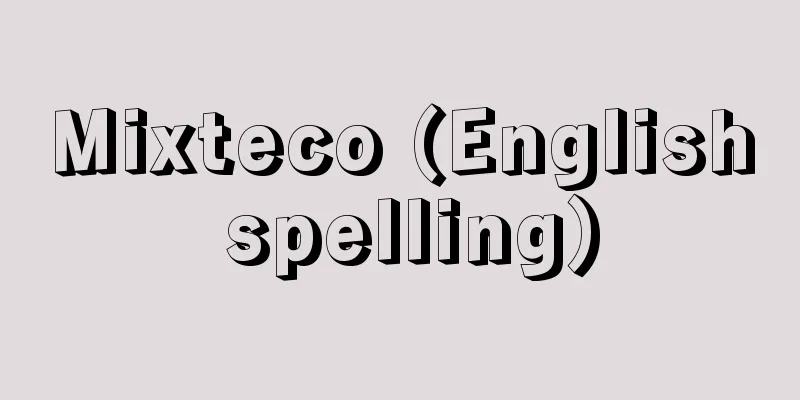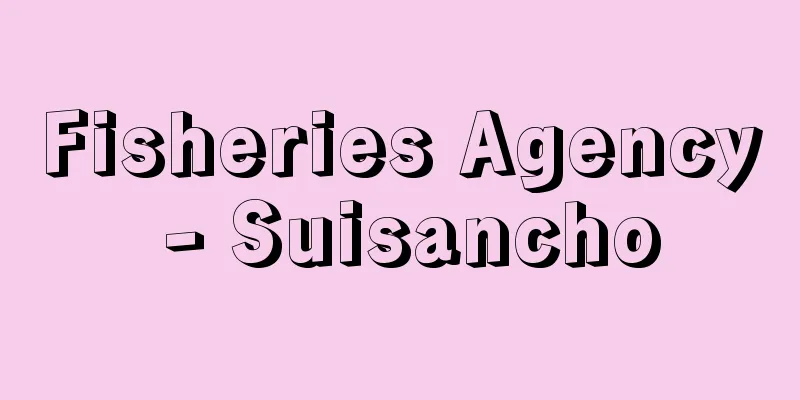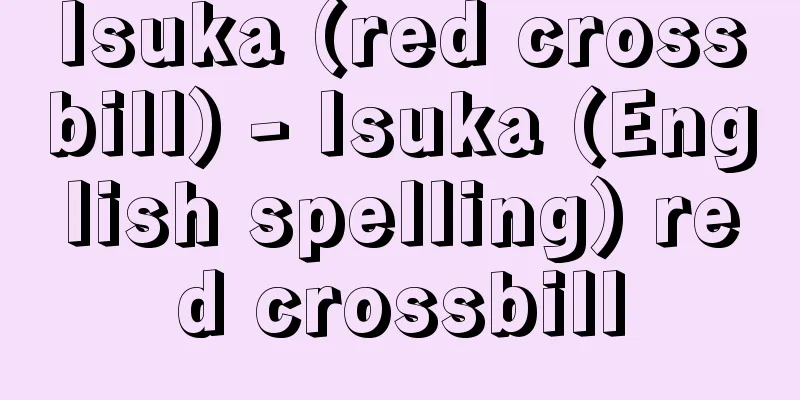Phonetic characters - hyo-on-moji

|
A writing system in which each character corresponds to a phonetic form, in other words, (1) a syllable that divides a word form, or (2) a consonant and vowel that further divides a syllable. In other words, (1) syllabary and (2) lettera. Also, the phonetic part of ancient writing. Words such as Chinese characters and logographs are linked to a certain form (phoneme) and a certain content (meaning), and the meaning is easy to understand just by that, so they are called ideographs. However, they cannot be separated from reading sounds (phonetic function). "Trees" grow, but "wood" is a piece of wood with grain. Words cannot be determined without phonemes. In syllabary and lettera, word forms are broken down into small pieces, and it is difficult to understand the meaning without always following the context. Letters that must be used to spell out words are called phonographs. Among these, (1) syllabographs include (a) the open syllable (consonant + vowel) "kana," (b) the open/closed syllable (vowel + consonant) "Ancient Persian," (c) the consonant-centered (quasi-alphabet) "Arabic" and various Indian scripts, and (2) alphabets include (a) the connected "Mongolian" script, (b) the horizontally arranged "Latin" script, and (c) the grouped syllable "Hangul (Korean)." It is important to note that kana often uses two or three characters to write one syllable. For example, the "kon" in "kyo" (today) is one syllable, but it takes two characters, "kon." It is pronounced "kyo," and although it is one syllable, it takes three characters in kana. In fact, if you look at Chinese words written in kanji, one character and one syllable are often realized. [Kusakabe Fumio] [Reference] | |Source: Shogakukan Encyclopedia Nipponica About Encyclopedia Nipponica Information | Legend |
|
各字の示す単位が音韻形式、いいかえれば、(1)語形を分割した音節、または(2)音節をさらに分割した子音と母音、に対応する文字体系。つまり、(1)音節文字と(2)字母文字のこと。また、古代文字の表音的部分。漢字など単語文字logographは、一定の形式(音韻)と一定の内容(意義)に結び付いていて、それだけで語義が見やすいので、表意文字ideographとされる。しかし、読音(表音機能)からは離れられない。「木(き)」は、生えてもいるが、「木(もく)」は、筋目だった材である。音韻なくして語は定まらない。音節文字や字母文字では、語形が細かくばらされ、つねに前後をたどらなければ、意義もくみ取りにくい。語をつづらなければならない文字が表音文字phonographとよばれる。そのうち、(1)音節文字syllabographには、(a)開音節(子音+母音)型の「仮名」、(b)開・閉音節(母音+子音)型の「古代ペルシア文字」、(c)子音中心型(アルファベットまがい)の「アラビア文字」やインド系諸文字など、(2)字母文字alphabetには、(a)つなぎ書きの「モンゴル文字」、(b)横並べの「ラテン文字」、(c)音節まとめ書きの「ハングル(朝鮮文字)」などがある。 注意すべきは、仮名書きが1音節を2字または3字で記す場合が多くあることである。たとえば、「今日」の「今(コン)」は一音節だが、「コン」と2字。「きょう」と読んで、1音節なのに仮名では3字になる。むしろ、漢語を漢字表記のままで見れば、1字1音節が実現していることが多い。 [日下部文夫] [参照項目] | |出典 小学館 日本大百科全書(ニッポニカ)日本大百科全書(ニッポニカ)について 情報 | 凡例 |
<<: Glacier - Hyoga (English spelling)
Recommend
la Taille, J.de (English spelling) laTailleJde
…Their era was, so to speak, the preparatory peri...
Dua
...In particular, when Mongke became the Great Kh...
Asainoban - Asainoban
…In 1528 (the first year of the Kyoroku era), he ...
One-handed puppet - Katateningyō
In a marionette, the left hand supports the body a...
Kanhasshu Tsunagiuma - Kanhasshu Tsunagiuma
Bunraku puppet theater. Historical piece. Five act...
Invoice - Invoice
money order. See the entry for the character "...
Browallia
...A perennial plant of the Solanaceae family nat...
Flower Society - Kajukai
…Therefore, a clan centered on a distant ancestor...
Aniline resin - aniline resin
A resin made by condensing aniline C6H5NH2 and for...
Seisai's notes - Seisai Zakki
Miscellaneous writings compiled by Mukoyama Seisai...
Nimravinae
… [Origin of cats] Modern cats (Felinae) original...
Mourning card - Kichufuda
〘 noun 〙 A sign saying "in mourning" tha...
Oscar (Celtic mythology) - Oscar
...The Danaan Giants (another name for the race o...
Kanon - Kanon
In music, sharp ray The notes that have not been a...
Komuso - Komuso
A monk who goes from house to house playing the s...
